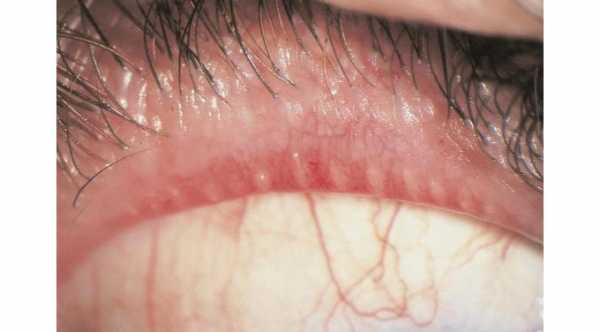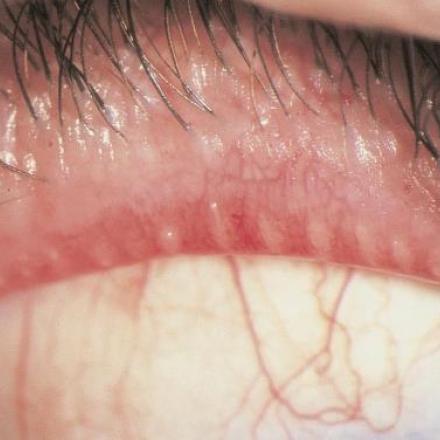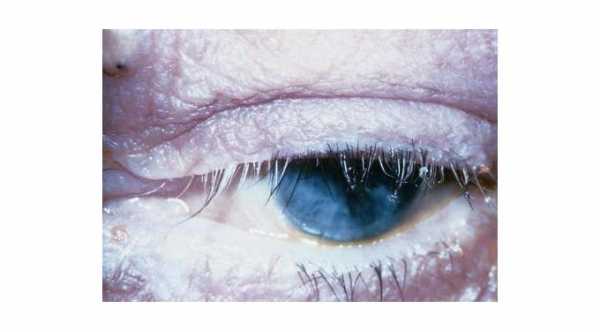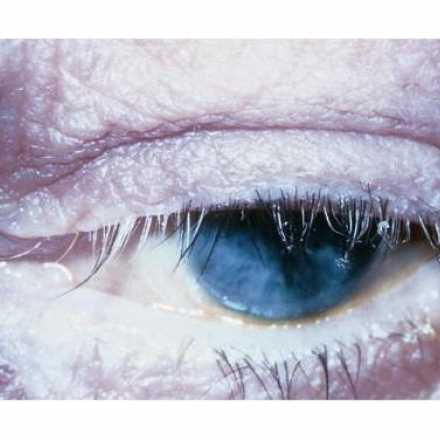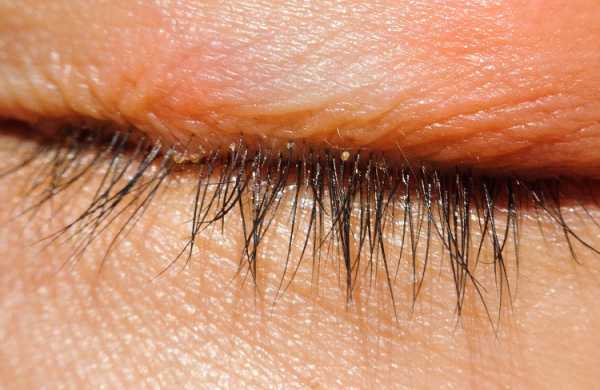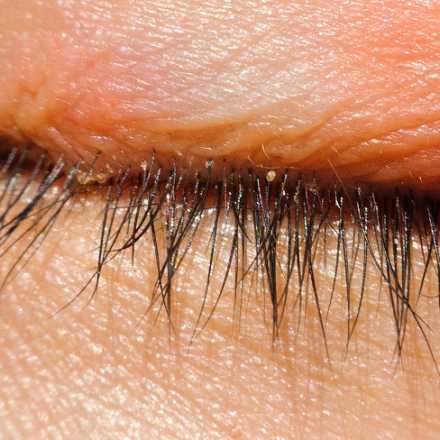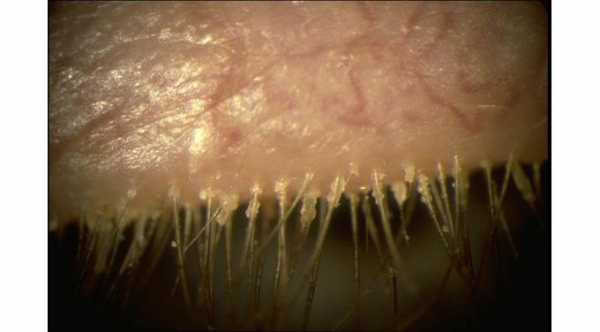
Definition of Blepharitis
Blepharitis is one of the common eyelid disorders worldwide. It is a chronic non contagious disease of the eye lid margin in which there is eyelid inflammation.
There are many causes for it but all will share the same symptoms which are annoying.It is a very common cause of ocular discomfort and irritation. It usually occurs in both eyes.
Acute form is most commonly associated with allergy like drug allergy. It can be subdivided into anterior and posterior forms and most of the time there is overlap in signs and symptoms between these two forms.
Patients will complain mainly from foreign body sensation and itching and they can't tolerate sunlight with excessive tearing and burning sensation. On morning, they will find small white discharge around the corner of the eye.
Classification of Blepharitis
Classification depends on the site of blepharitis which can be either anterior Blepharitis or posterior Blepharitis.
Anterior Blepharitis
There will be inflammation of the anterior part of the eyelid margin where the eyelashes are attached.
Causes of anterior blepharitis
- Bacterial infection such as staphylococcal infection
These bacteria normally present on the eyelid margin and do not cause symptoms but overgrowth of them will lead to infection with symptoms of Blepharitis. Also infestation of the eyelash with lice like demodex folliculorum can cause anterior Blepharitis.
- Seborrheic Blepharitis
It occur in patient with seborrheic dermatitis (scalp dandruff and eyebrows dandruff). It is characteristic by oily skin and flaking from the scalp or brows.
There will be excessive lipid secretion on the eyelid margins which are broken down by special bacteria called corynebacterium acnes. The breakdown products will cause inflammation of the eyelid margin.
- Other causes of Dermatitis
Herpes Eye Infection,Varicella-Zoster dermatitis, Molluscum contagiosum dermatitis and allergic or contact dermatitis.
Allergy can be caused by many factors like drugs and environmental factors.
Diagnosis of Blepharitis
Diagnosis of Blepharitis can be done by history, symptoms, gross examination of face and eyelid and eye examination using slit-lamp.
1- Past Medical History of the Patient
Your ophthalmologist will ask you general questions about your general health, allergies, medications, your work environment and any previous eye problems, surgeries or eye drops. He will ask you also about your main or chief complains and what symptoms you have.
2- Gross Examination of the eye
Including the appearance of eyelid, eyelashes and skin.
3- Slit-Lamp Examination
Your doctor will be able to diagnose it by external examination of your eyes using slit-lamp. Things that your doctor will be looking for:
1- Anterior Blepharitis
Staphylococcal Blepharitis
Which is an eye lid infection and there will be hyperemia, telangiectasias of the anterior margins with collarettes which is hard white scales located around the base of the lashes. There will be also discharge from your eyes which is green to yellow in color.Seborrhoeic Blepharitis
Hyperemia and greasy anterior margin with sticky eyelashes. There are scales which located anywhere on lid margin and lashes.
In both form with long standing or chronic disease there will be scarring of lid margin and abnormalities of eyelashes like losing of eyelashes (madarosis), whitening of the eyelashes (poliosis) and misdirection in the growth of eyelashes (trichiasis).
Sleeving is associated with infection by the eyelash parasite called demodex folliculorum. Sleeving is a material like is collected around eyelashes and a tube like
2- Posterior Blepharitis
It is characterized by foamy tear film, Hyperemia, telangiectasia and obstruction of meibomian gland orifices with inflammation around them.
Conjunctival Changes
Changes on the conjunctiva which is called papillary reactions. Blepharitis can cause conjunctivitis which will cause pink eye.
Corneal changes
Corneal inflammation and changes which include erosions on the epithelial surface of the cornea which in chronic cases lead to corneal infections with ulcer formations.
Tear film Evaluation
To check the quantity and quality of the tears. Blepharitis can cause dry eye.



